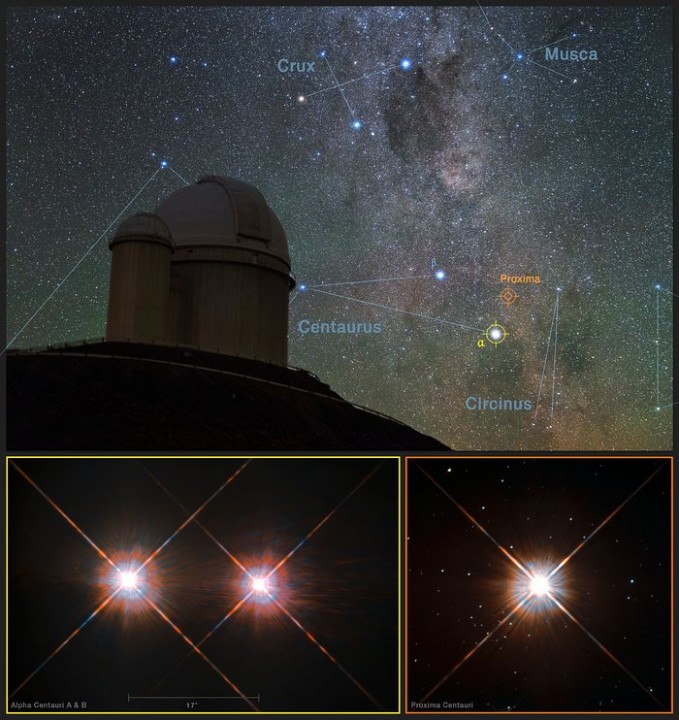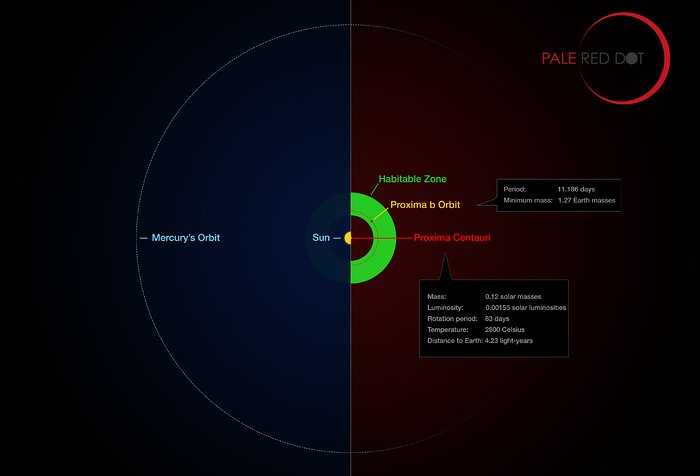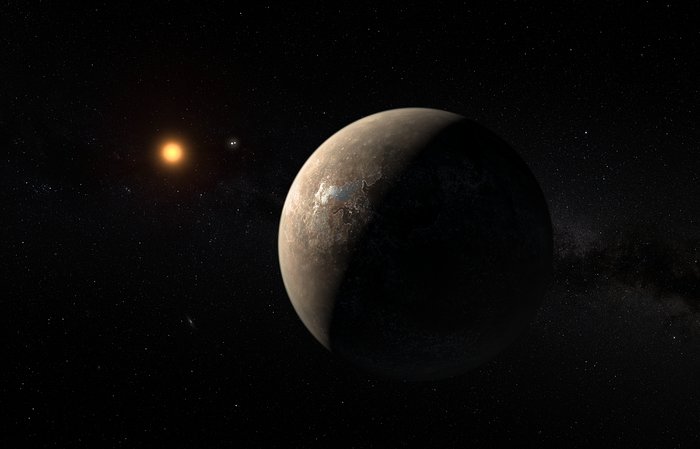Yesterday we reported that possibly had been discovered an exoplanet with characteristics very similar to our Earth.
The discovery would be today confirmed by ESO, and a press conference, the Observatory confirmed found a planet in habitalidade zone of Earth’s nearest star.

This new planet was named Next b. the location of Proxima Centauri in the southern sky Credits:.. Y. Beletsky (LCO) / ESO / ESA / NASA / M Zamani ESO called, so , a press conference today, which confirmed this discovery, which left everyone, especially the most fanatical, very excited. this is thus a world with a mass similar to Earth. Proxima Centauri and its planet compared to the solar system. Credits: ESO / M. Kornmesser / G Coleman According to the Scientific Press Release ESO:. This world has long sought, designated by Next b orbits its parent star, red and cold, every 11 days, having a temperature that allows the existence of liquid water on its surface. This rocky world is slightly more massive than the earth and it is the exoplanet closer to us. – also can be as close to house life outside our solar system the red dwarf star called Proxima Centauri is located only about 4 light-years away from the Solar System, so it is the closest star to Earth other than the sun. This cold star, located in the constellation Centaurus, is too thin to be able to be seen with the naked eye, standing near the couple of very brightest stars known as Alpha Centauri AB. Art Print planet orbiting the Proxima Centauri. ESO / M. Kornmesser now confirmed this important discovery, begin now many other observations in order to get as much information and data as possible. For this will have used the most current instruments such as the European Extremely Large Telescope (E-ELT), belonging to the new generation of giant telescopes. illustration European Extremely Large Telescope (E-ELT). Credit: ESO / L. Sidewalk Obviously, one of the investigations, have the aim of whether this new planet discovered, may have favorable conditions, or evidence pointing to the existence of life on this planet. Guillem Anglada, astronomer who led the team responsible for the observation of Proxima Centauri, said: they found to have many exoplanets and will discover there are many more however the demand from the nearest potential similar planet to Earth and its subsequent discovery constituted in reality an experience for life for the whole team. The history and efforts of many people converged on this discovery. This result is therefore also a tribute to all of them. The search for life on Proxima b is the next step … Tomorrow will be published a scientific paper in the journal Nature, where this remarkable discovery will be described in more detail. Scientific Press Release ESO initial image credit: ESO / M. Kornmesser
at the beginning of August, astronomers of the ESO (European Southern Observatory), using the telescopes and other infrastructure, found clear evidence of the existence of a planet orbiting Proxima Centauri, the nearest star to our Sun . 



No comments:
Post a Comment